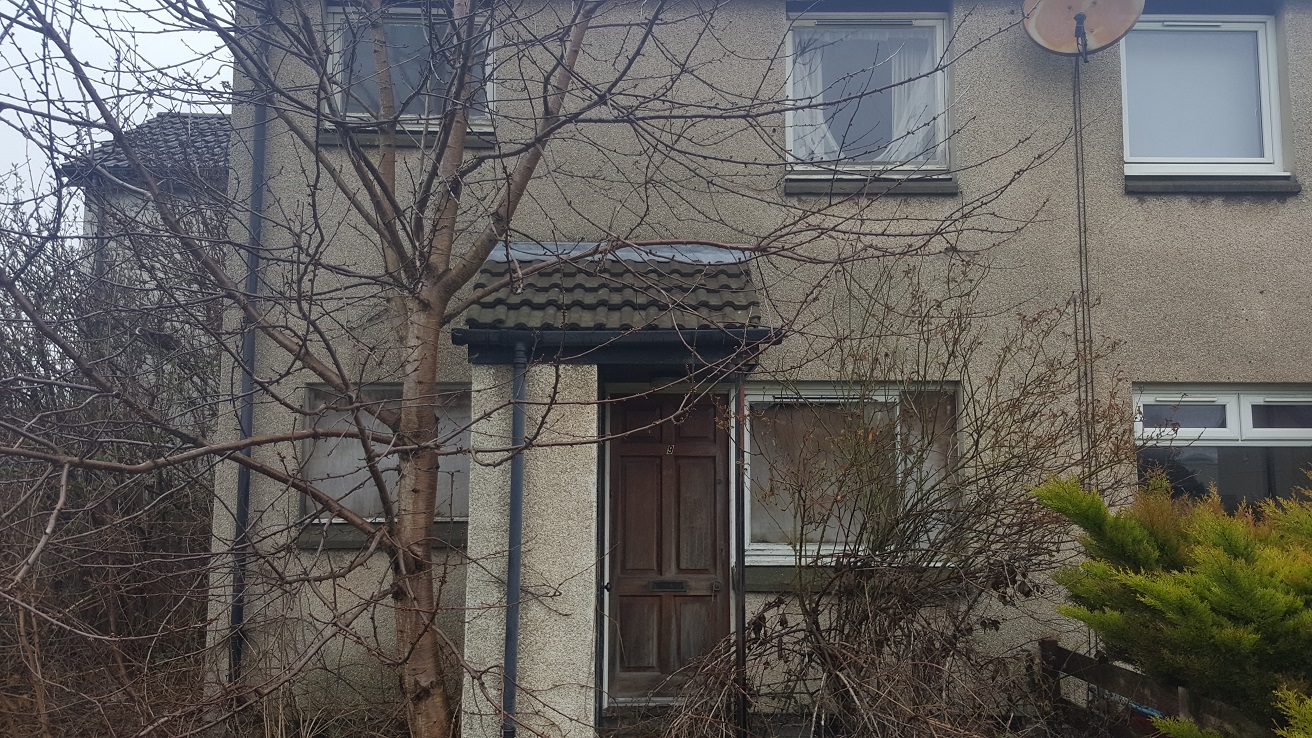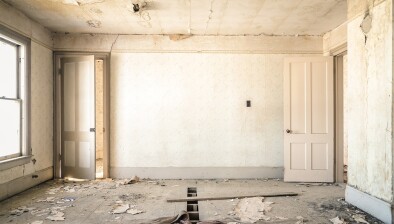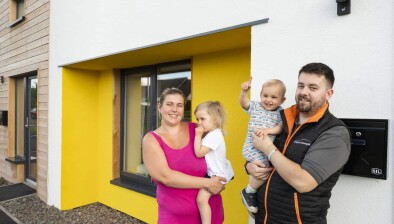Andy Moseley: Empty homes and the climate emergency
Scottish Housing News’ #COP26SHN showcase of the social housing sector’s efforts to help tackle the climate crisis continues with Andy Moseley, senior policy officer at the Scottish Empty Homes Partnership, who makes the case for utilising empty homes as a critical tool in terms of minimising our environmental footprint.

We all know the story when it comes to the climate emergency and housing. We have to improve the energy efficiency of our housing stock if we want to reduce carbon emissions. But this is actually only part of the story. The other part is the emissions involved in building homes. A building that can be net zero to maintain is anything but net zero to build.
There are two types of carbon emissions we need to consider - Operational and Embodied. Put simply, the former are the emissions generated by running and heating a house. The latter are the emissions created by building a house.
It’s estimated that in some instances, embodied carbon accounts for up to half of the lifetime emissions of a new home. In other words, by the time the home is built, it has generated as much carbon as it will do in all the years it is lived in.
If we only look to tackle operational carbon, it’s like fighting a monster with one hand tied behind our back. We need to tackle embodied carbon emissions too.
To do this we have to look again at the buildings we have lying empty.
There are over 47,000 long term empty homes in Scotland. These aren’t just homes that are empty because of the pandemic. Of the 47,333 long term empty homes reported in 2020, around two thirds had been empty for longer than a year.
These aren’t just homes in places where people don’t want to live anymore. In Edinburgh and Glasgow combined there are more than 6,500 homes that have been empty for longer than a year according to statistics published last year by the Scottish Government.
And they aren’t just homes in places where no one is building. In Aberdeen, in 2019, more than 80% of new homes were built in the ten areas that already had the highest levels of long-term empty homes.
We are showing a reckless disregard for the environment if we continue to ignore the homes that are lying empty. We need to focus far more on keeping existing buildings alive as places to live and work, rather than always looking for opportunities to build new homes.
This is not to say we can meet all the country’s social and affordable housing needs through empty homes alone, but they can make an important contribution and should not be ignored.
We see successful schemes around the country where hotels, shops, breweries, schools, and other historic buildings have been converted into homes, rather than left empty or demolished and replaced with identikit new houses.
We have also seen fragile communities sustained and revived through bringing buildings back into use as affordable housing for teachers, doctors and other essential workers.
It can be done, and it should be done.
We need to support owners of empty homes to bring them back into use as zero emission housing. We need to give local authorities additional powers to bring long term empty homes back to use as social housing, and we need to incentivise housing providers to take on long term empty homes as part of their commitment to delivering the housing that Scotland needs.
All of this would add to what the Scottish Government is already doing, and has set out for the future, to tackle the climate emergency and reduce our carbon emissions. It makes economic sense, and it makes environmental sense.
A longer version of this blog is available at https://emptyhomespartnership.
All the COP26SHN articles will be available to view here. New contributions are still welcome and feel free to join in the conversation on social media using #COP26SHN.









